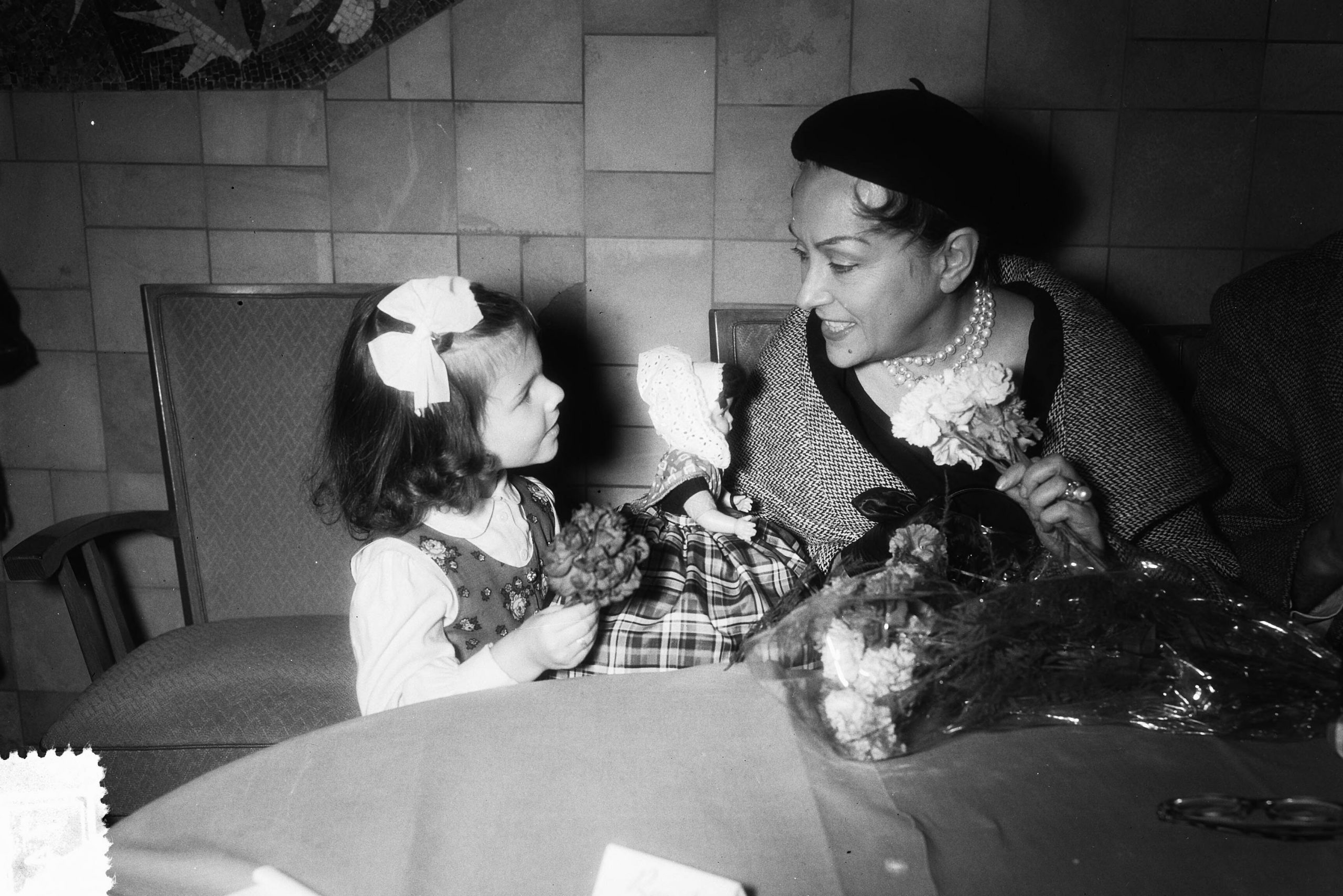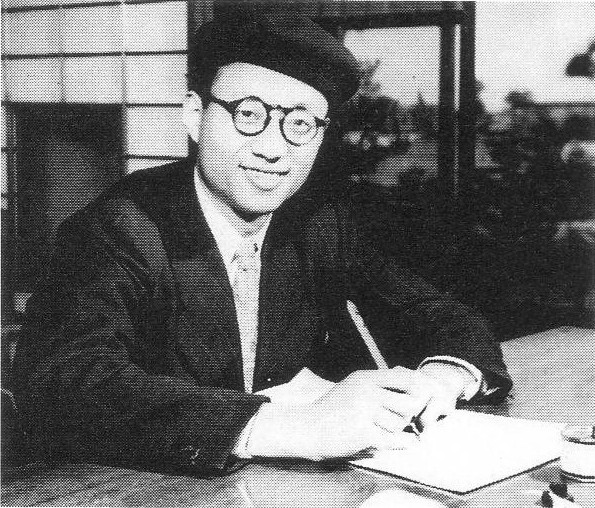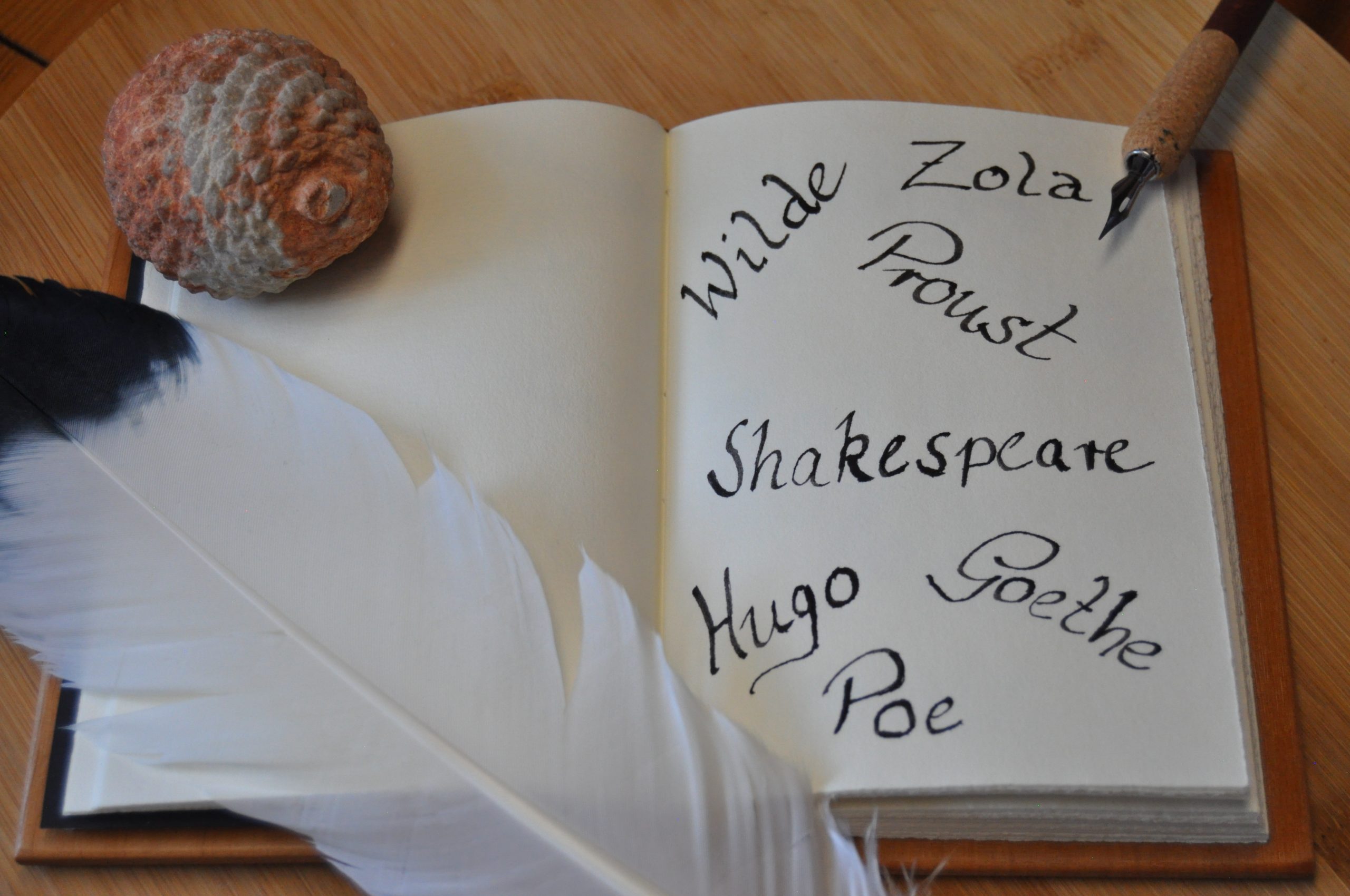When one thinks of an animated series in the western world, one inevitably associates it with entertainment for children: the Japanese form of “animation” is called anime and is by no means just for children. Comics also have a Japanese counterpart called manga. What connects these genres? Where do the origins of comic and cartoon culture lie? And why was Goethe fascinated by illustrated stories during his lifetime – over a century before the first comics appeared?
When Hollywood was in its golden age in the twenties and thirties and the studio era was at its peak, Japanese animated film (the forerunner of the comic-based “anime” film) was still in its infancy. The first anime films of the 20th century were often based on Asian fairy tales, sagas and legends: This set them apart from their American cartoon role models, which were produced by Walt Disney Studios in particular. One often reads that American cartoons were the role models for anime culture: however, it is questionable where exactly the origins of anime or cartoons in general lie. Assuming that comic culture and cartoon culture are closely linked, evidence of a deeply rooted comic culture can be found in both Western and Japanese culture…
The first precursors of today’s manga culture therefore developed without any major influence from the outside world.
Edo period
A type of manga already existed in the Edo period (1600 – 1868): in the Edo period, there were small, bound books filled with illustrated stories and accompanying text. These books were known as kibyoshi. The pictures were much more important than the text: The pictures carried the entire plot and text was only used when the story could not be continued with pictures alone. It is important to remember that Japanese culture in the Edo period was completely cut off from the outside world: the first precursors of today’s manga culture therefore developed without any major influence from the outside world – so when one speaks of manga, one can actually speak of Japanese cultural assets that developed largely independently of the influence of other cultures. In general, the Edo period can be described as a peak phase of Japanese culture: Countless forms of art and entertainment developed that have survived to this day. This also includes manga culture and, in a broader sense, anime culture.
Comic strips
As Japanese culture became more open to outside influences with the end of the Edo period around 1868, numerous European influences also flowed into Japan: this led to the arrival of European newspapers in Japan, in which numerous political cartoons could be found. Even then, comic strips were particularly popular in Europe: to this day, some newspapers still feature comic strips – the short comic section of a newspaper in which a short story is told, which is often continued in the next edition of the newspaper. This cultural influence also had an impact on the kibyoshi culture that existed in Japan: The European influence led to numerous formal adaptations in Japanese comics, including the use of speech bubbles for the text.
Rodolphe Töpffer – pioneer of the comic genre
In 19th century Europe, illustrated stories were by no means an unknown art form: the Geneva-born illustrator and novelist Rodolphe Töpffer (1799 – 1846) enjoyed drawing illustrated stories alongside his work as a writer, which were greatly admired by Johann Wolfgang von Goethe, among others. According to his confidant Johann Peter Eckermann, Goethe is said to have commented on Töpffer’s work in 1831: “(…) Everything sparkles with talent and spirit! Some sheets are quite unsurpassable! (…) Töpffer seems to me (…) to be as original as I have ever encountered a talent.”
Töpffer is thus considered a pioneer of the comic genre.
Some classics from the pen of Johann Wolfgang von Goethe can actually be found today as graphic novels, a genre related to the comic: With graphic adaptations of classic material such as Faust, it is hoped that younger readers or readers with little interest in mere reading material will also be inspired by world literature. In this way, some manga or comic readers may be attracted to a piece of world literature…
It was only in the 1950s that the form of manga as it is known today slowly emerged.
Hokusai Manga
The term manga for Japanese comics does not come out of nowhere: Japanese artist Katsushika Hokusai published his first volume of pictures in 1814 under the title Hokusai Manga. The first volume of this very first manga series was a guide to painting, and Hokusai later published numerous other volumes with different motifs. All things considered, the Hokusai manga are still a template for all other manga and therefore also for anime: many manga and anime that are known today are based on characters with supernatural powers – Hokusai already used these motifs in his Hokusai manga volumes.
However, this early form of manga had little in common with what one imagines a typical Japanese manga to be today: It was only in the 1950s that the form of manga as it is known today slowly emerged. Originally, manga were very short stories that were told quickly. This changed drastically after the Second World War: in the second half of the 20th century, a new movement called story manga began in the world of manga, which told storylines over several volumes.
Picture stories that flicker across the screen
A pioneer of story manga was the mangaka (Japanese term for comic illustrator) Osamu Tezuka. Although Tezuka mainly drew manga for children, he had a lasting influence on manga and comic culture. Osamu Tezuka was not only concerned with drawing mangas – his aim was also to turn his stories into films. Since then, manga and anime have become intertwined: Almost every anime series that airs in Japan is based on a successful manga. The numerous anime studios based in Japan enjoy a very high reputation there.
It is no different in Western culture: if one thinks of the extremely large comic book publishers Marvel Comics and DC Comics, which now dominate a large part of the film market with their film adaptations, the picture is similar to that in Japan. The big difference is that Marvel adaptations, whose characters and storylines are originally borrowed from comics, are often brought to the big screen as real-life adaptations. In Japan, the film adaptations of mangas and comics remain an animation that hardly comes close to reality, which also captivates and fascinates countless viewers outside Japan.
Even Johann Wolfgang von Goethe was fascinated by illustrated stories – one may wonder whether he sensed back then that illustrated stories would one day flicker across giant screens in animated form?
Main sources: An article via japankino.de and an information page of the Stuttgart Media University
Cover picture: The Mangaka Osamu Tezuka 1951, Public Domain, via Wikimedia Commons
More stories from Der Bussard
- Hopscotch with Walter Matthau: Between Oktoberfest and opera arias
- Gloria Swanson: The Pictures Got Small

 Deutsch
Deutsch



